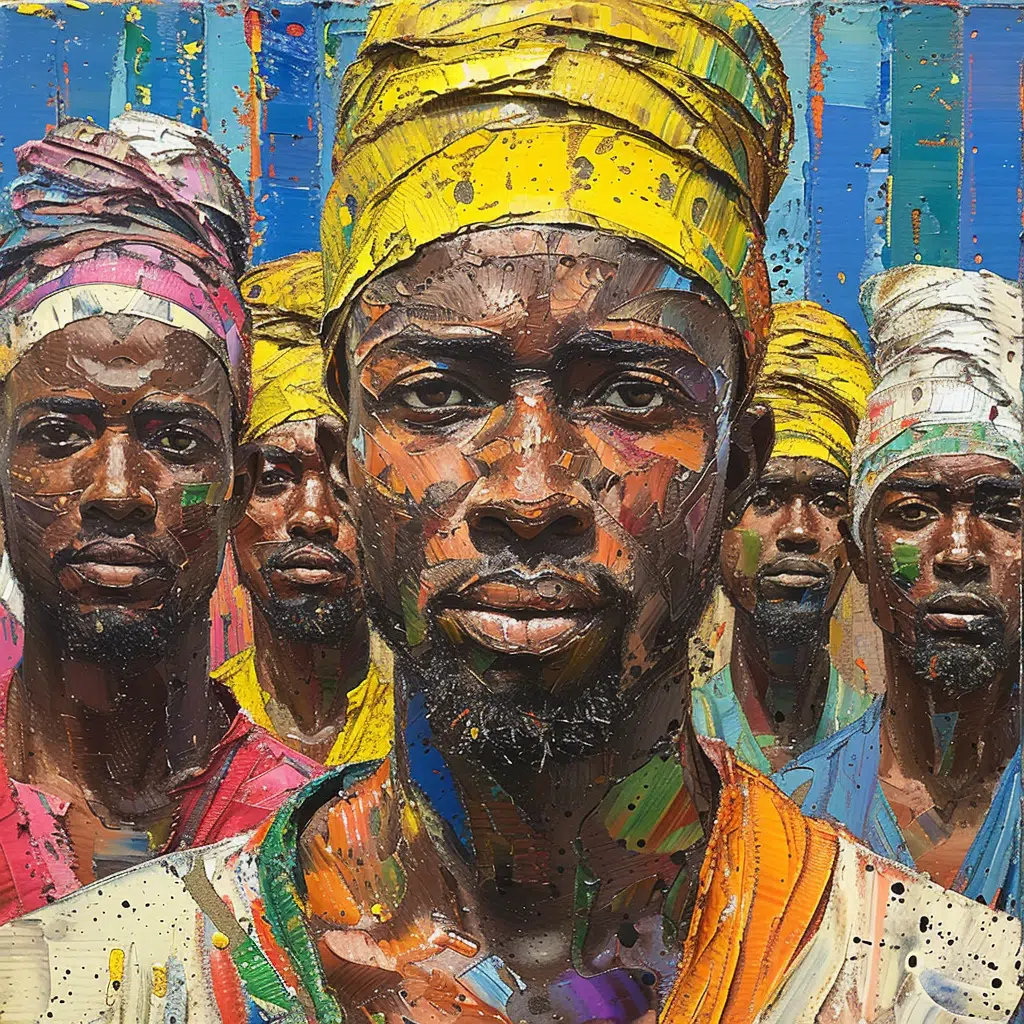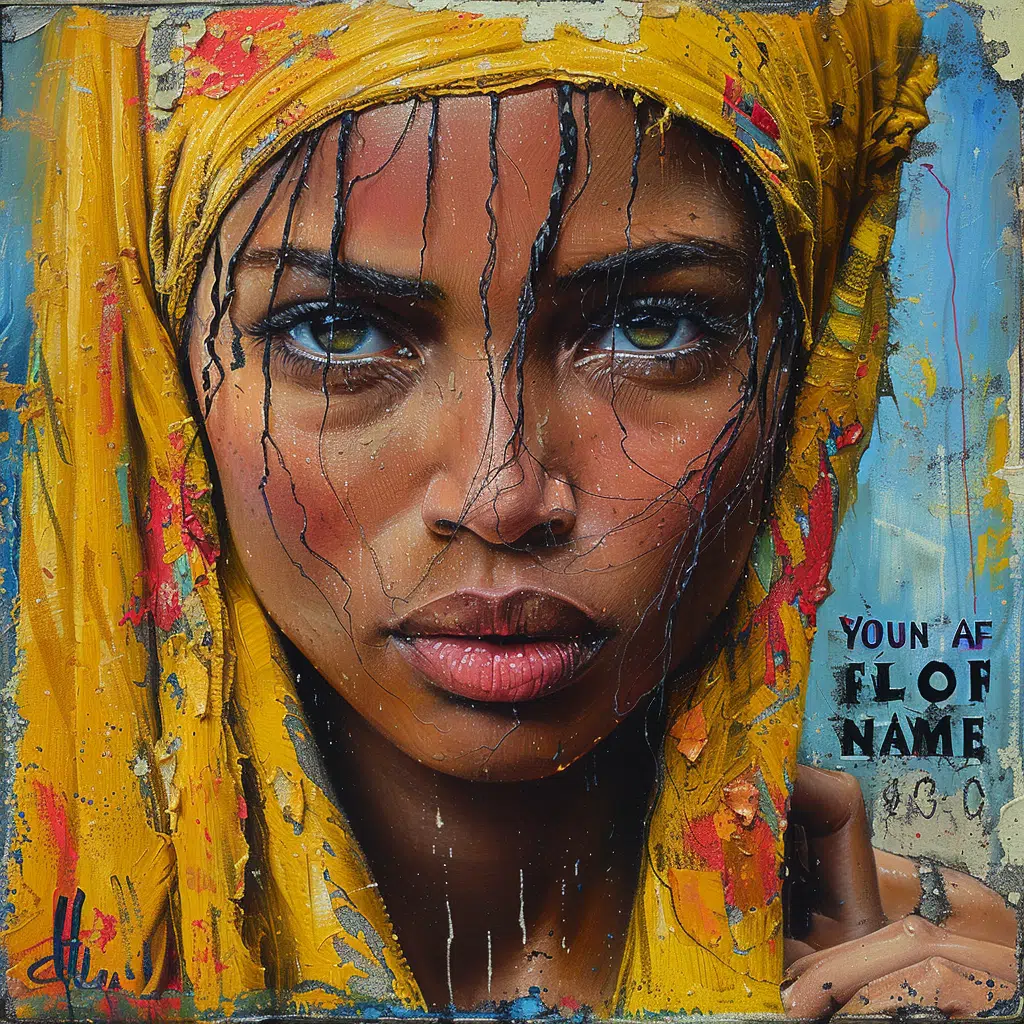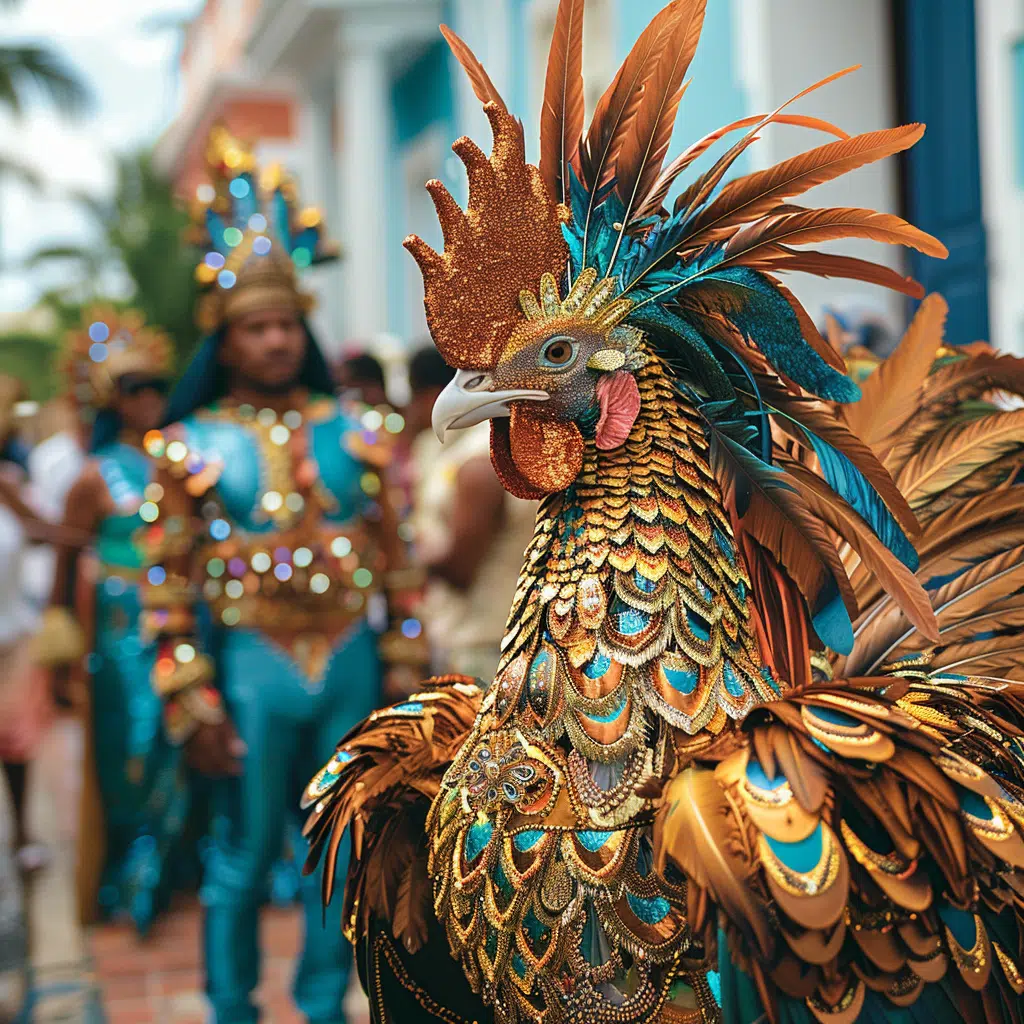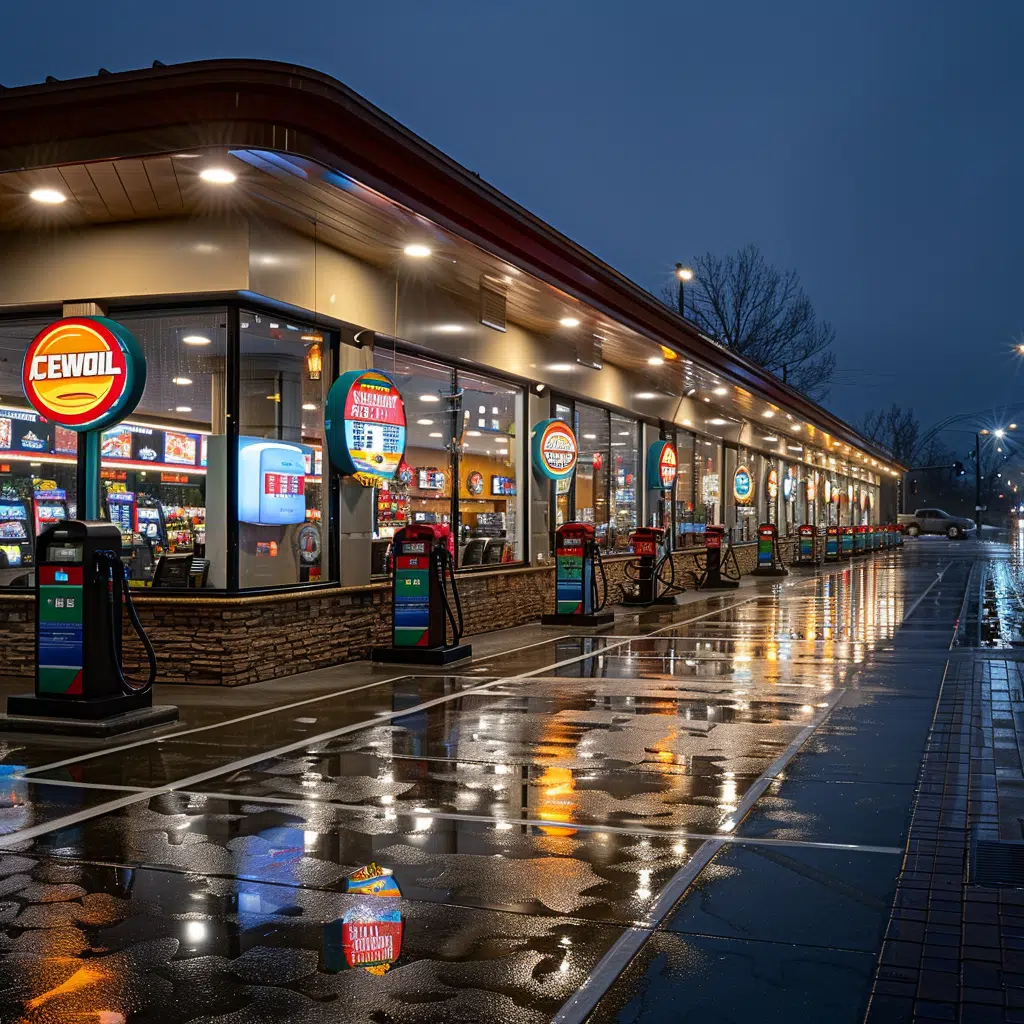As we embark upon the journey of mastering the translation from English to Norwegian, it’s like strapping on our metaphorical slip on shoes – preparing for a journey that requires both comfort and precision. Those well-versed in the subtleties of language recognize that achieving fluency and accuracy in translation isn’t just about knowing vocabularies or grammatical formulas; it is akin to understanding the soul of two distinct cultures. English to Norwegian, and its counterpart Norwegian to English, constitute an intricate dance of words and meanings that we shall explore with the excitement of an explorer charting new territories.
The Complexities of English to Norwegian Language Transfer
When delving into the subtleties of English to Norwegian language transfer, it feels a bit like a texas state parks map, guiding us through the linguistic landscapes flush with unique signposts and scenic routes:
Leveraging Technology in English to Norwegian Translation
In our tech-savvy age, we’re seeing language translation burgeon with digital innovation. This sector is not just booming; it’s revolutionizing the way we approach the English to Norwegian translation:
| Aspect | Description |
|---|---|
| Name of Translation Tool(s) | Google Translate, DeepL Translate |
| Source Language | English |
| Target Language | Norwegian (Bokmål and Nynorsk) |
| Accuracy and Limitations | – Both tools have a high degree of accuracy but can make errors. |
| – Financial document translation may not be entirely accurate. | |
| – Nuances and specific terminologies may require a human translator for precision. | |
| Example: “girl” | Google Translate: jente (m/f), pike (m/f) |
| Example: “boy” | DeepL Translate: gutt (masculine) |
| Contextual Translation | – “a nine year-old boy”: “en ni år gammel gutt” |
| – The context in which words are used can affect translation accuracy. | |
| User Feedback | – Users may find Google Translate convenient for quick translations. |
| – Users may prefer DeepL for its nuanced understanding of context. | |
| Cost | – Both Google Translate and DeepL offer free versions. |
| – DeepL may offer a paid version for advanced features. | |
| Availability | – Both tools are available online and accessible via web browsers and apps. |
| Benefits | – Instant translations aiding in basic comprehension across languages. |
| – Accessibility to non-native speakers. | |
| – Useful for casual conversations, travel, and preliminary work. | |
| Additional Features | – DeepL: Offers file translation, integration in various apps and software. |
| – Google Translate: Offers camera translation, conversation mode, offline access. |
The Role of Human Expertise in Quality Translations
While technology is dazzling, the translation is ultimately an art form where human expertise takes center stage:
Navigating the Challenges of Norwegian to English Translation
The course from Norwegian to English is packed with its own set of challenges, rich and demanding attention to every linguistic contour:
The Business of Translation: English to Norwegian, Norwegian to English
The business angle of translation is as critical as its literary aspect, especially when adapting content across languages:
Becoming Proficient in English to Norwegian Translation
For those who aspire to proficiency in translation, the path is both rich and rewarding:
Litmus Test for Mastery: Translation in Action
One’s prowess in the field is tested through practical application, where theory meets the ragged edges of everyday language use:
Beyond the Page: English to Norwegian in Multimedia
Translations leap off the page into the vibrant worlds of multimedia, each medium offering its own unique set of challenges:
Future Trends in English to Norwegian Translation
Peer through the crystal ball to glimpse the future trends that are shaping the translation landscape:
Innovation In Language Mastery: What’s Next?
The mastery of English to Norwegian translation is an evergreen field, dangling promises of connectivity on the global stage as much as it presents the intricacies of linguistic precision. It’s a captivating blend of art, science, and technology that refuses to stand still, and as we inch closer to eliminating language barriers, we reaffirm the beauty innate in the act of translation – bridging cultures with a finesse that’s as bold as it is delicate.
As we forecast an exciting future for language translation, replete with sophisticated AI and immersive experiences, let’s not sideline the human element that remains at the heart of this endeavor. For you see, translating between English and Norwegian is more than a transaction of words – it’s an invitation to a cultural exchange, a way to cement connections that may have once seemed as distant as the fjords from the plains. In this craft, we indeed find a microcosm of our shared human experience, a testament to the power of language to unite, inspire, and enlighten.
Navigating the World of English to Norwegian Translation
When you’re mastering English to Norwegian translation, it might feel like you’re figuring out how to book Flights To Antigua—it seems straightforward until you dive into the details. But hey, who doesn’t love a good challenge? For instance, did you know that despite the geographical and linguistic distance, Norwegian shares a surprising number of cognates with English? That means for some words, you can essentially slam dunk them from one language to the other, much like Deandre Jordan does on the basketball court. Yet, it’s not all smooth sailing; Norwegian has distinct dialects that can throw you for a loop if you’re not paying attention.
Alright, let’s shift gears for a second—while English to Norwegian translation is our jam, have you ever pondered the crossover between English To Somali or English To Swahili translations? It’s fascinating how translators must leap from one linguistic tree to another, crafting meaning across branches of entirely different language families. And speaking of languages, let’s talk about the Norwegian language’s superstar status in Scandinavia. It’s like the Yael Stone of Nordic tongues, versatile and distinctive, often switching between two written forms, Bokmål and Nynorsk, like they’re different roles in a critically acclaimed series.
Tackling English To Romanian may be on your bucket list too, but remember—whether you’re learning a new language or discovering fun facts, it should always be a ball. So keep at it, and before long, English to Norwegian translation will be second nature to you. And who knows? Next, you might be adding another language to your skillset; the sky’s the limit!
Is Google Translate accurate for Norwegian?
Google Translate does a pretty decent job with Norwegian, but it’s not flawless. Be wary of using it for complex texts, as you might lose some nuances or specific financial terms.
What is word girl in Norwegian?
In Norwegian, ‘girl’ can be translated to ‘jente’ or ‘pike’.
What is the most accurate Norwegian translator?
DeepL Translate often comes out on top when it comes to accuracy for Norwegian translations.
What is the Norwegian word for boy?
The Norwegian word for ‘boy’ is ‘gutt’.
Does duolingo have nynorsk?
Nope, Duolingo doesn’t offer courses in Nynorsk, just Bokmål for now.
Is Google Translate 100% correct?
Well, Google Translate isn’t 100% correct. It’s more like a helpful buddy – good most times but can slip up, especially with idioms or complex phrases.
What do Norwegians call their girlfriends?
Norwegians might refer to their girlfriends as ‘kjæreste’, which is a gender-neutral term that can mean both boyfriend and girlfriend.
What does OI mean in Norway?
“Oi” in Norway is kinda like “oops” or “wow” in English; it’s an exclamation that can express surprise or concern.
What does Takk mean in Norwegian?
‘Takk’ means ‘thank you’ – something you’ll definitely want to say after someone passes you that delicious brunost.
Is it difficult to learn Norwegian?
Picking up Norwegian isn’t too tough, especially if you already speak English or another Germanic language. It’s got a familiar alphabet and a fair few loanwords.
What is cheers in Norway?
When toasting in Norway, you can say ‘Skål’, with a well-practiced clink of the glasses, of course.
Can Swedes understand Norwegian?
Yes, Swedes and Norwegians can usually understand each other. Their languages are pretty close siblings, so they get along well.
What does Kaka mean in Norwegian?
‘Kaka’ means ‘cookie’ or ‘cake’ in Norwegian – either way, it’s something tasty.
What is Kaka in Norwegian?
‘Kaka’ translates to either ‘cake’ or ‘the cake’ in Norwegian, depending on the context.
What do Norwegians call themselves?
Norwegians call themselves ‘nordmenn’ – that’s ‘nord’ for ‘north’ and ‘menn’ for ‘men’ or ‘people’.
What language is Google Translate most accurate with?
Google Translate is particularly on point with Romance languages like Spanish and French as well as German, but remember, no language is a walk in the park for it.
What languages is Google Translate accurate in?
Google Translate is quite adept with commonly used languages, especially European ones; however, less widely spoken or complex languages might trip it up.
Does Google Translate use Nynorsk or Bokmål?
Google Translate sticks to Bokmål, which is the most widely used written Norwegian standard.
Is Google Translate accurate for different languages?
Accuracy varies across languages in Google Translate due to linguistic complexities, idioms, and subtleties that the tool may not always catch. It’s a bit like a jack of all trades but master of none.
























